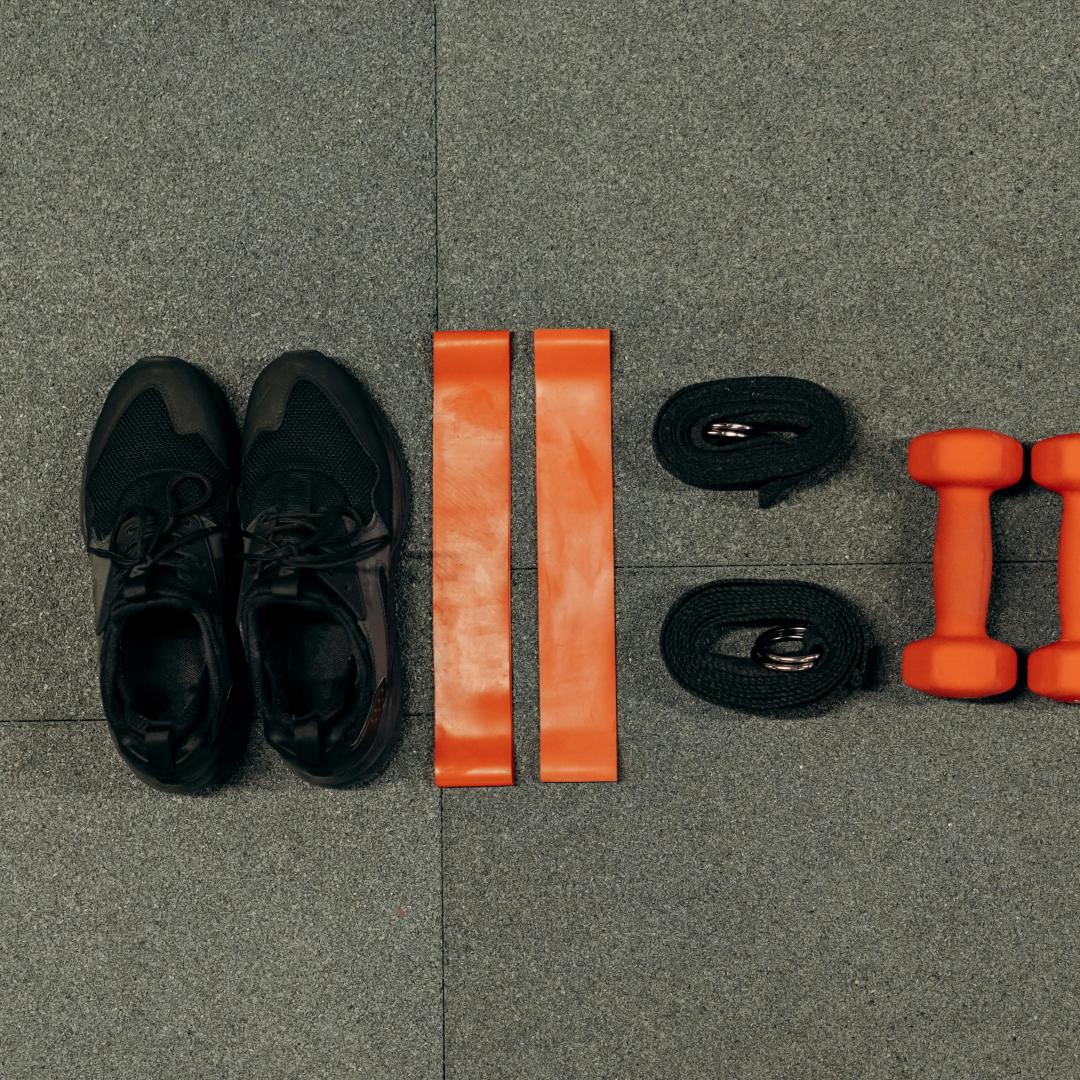How to Create a Balanced Workout Plan for Beginners
Creating a balanced workout plan is an essential step for beginners looking to establish a sustainable and effective fitness routine. A well-rounded plan not only helps in achieving fitness goals but also mitigates the risk of injury and promotes overall health. Here’s a guide to help beginners craft a balanced workout plan that can form the foundation of their fitness journey.
1. Understand the Components of a Balanced Workout Plan
A balanced workout plan typically includes four key elements: cardiovascular exercise, strength training, flexibility and mobility work, and rest. Each component plays a vital role in ensuring comprehensive fitness.
- Cardiovascular Exercise: This includes activities like walking, jogging, cycling, or swimming. Cardio workouts improve heart health, burn calories, and increase stamina.
- Strength Training: Strength exercises such as weightlifting, bodyweight exercises, or resistance band workouts help in building muscle mass, increasing metabolism, and strengthening bones.
- Flexibility and Mobility Work: Incorporating stretching and mobility exercises improves range of motion, reduces muscle stiffness, and aids in recovery.
- Rest and Recovery: Allocate time for rest days to allow muscles to repair and grow, which is crucial for progress and injury prevention.
2. Setting Realistic Goals
Before embarking on a workout plan, it's important to establish clear, achievable goals. Whether you aim to lose weight, gain strength, improve endurance, or enhance flexibility, specific goals will keep you motivated and focused. Set short-term and long-term objectives, and remember to celebrate small achievements along the way.
3. Designing the Workout Schedule
A beginner's workout plan should be simple and adaptable. Here's a sample weekly schedule to ensure balance:
- Monday: Cardio - 30 minutes of low to moderate-intensity cardio like brisk walking or cycling.
- Tuesday: Strength Training (Upper Body) - Focus on exercises like push-ups, dumbbell press, and rows.
- Wednesday: Rest or Active Recovery - Opt for a gentle walk or stretching session.
- Thursday: Cardio - 30 minutes of moderate-intensity activity, such as jogging or swimming.
- Friday: Strength Training (Lower Body) - Include squats, lunges, and deadlifts.
- Saturday: Flexibility and Mobility - Incorporate yoga or dedicated stretching exercises.
- Sunday: Rest - Allow the body to recover without structured exercise.
4. Start Slowly and Progress Gradually
Beginners should start with moderate intensity and gradually increase the duration and intensity of workouts. This progressive approach helps in building endurance and strength while avoiding burnout or injury. Listen to your body and adjust the intensity based on how you feel.
5. Incorporate Variety
To prevent boredom and ensure consistent engagement, vary your workouts by trying new activities and incorporating different exercises within each category. This variety not only keeps the routine enjoyable but also challenges different muscle groups and enhances overall fitness.
6. Pay Attention to Nutrition and Hydration
A balanced workout plan must be complemented by a nutritious diet and proper hydration. Prioritize a balanced intake of carbohydrates, proteins, and fats to fuel your workouts and support recovery. Stay hydrated before, during, and after exercise to maintain peak performance.
7. Monitor Progress and Adjust
Regularly assess your progress and make necessary adjustments to your workout plan. Use tools like fitness apps or journals to track your workouts, note improvements, and identify areas needing more focus. Be open to modifying your plan to align with evolving goals and preferences.
Conclusion
Creating a balanced workout plan as a beginner is about understanding your body, setting realistic goals, and integrating diverse workouts. By focusing on the key components of fitness and maintaining a flexible approach, you can build a routine that supports your health and well-being journey. Remember, consistency is key—stick with your plan, adjust as needed, and enjoy the process of becoming a healthier, more active version of yourself.






















